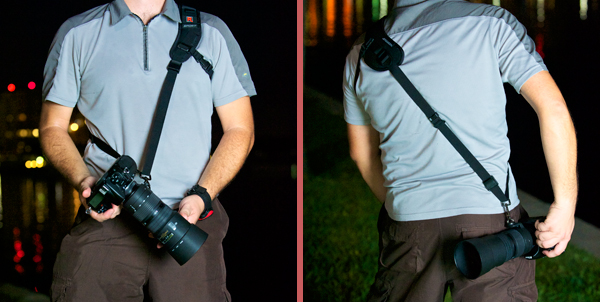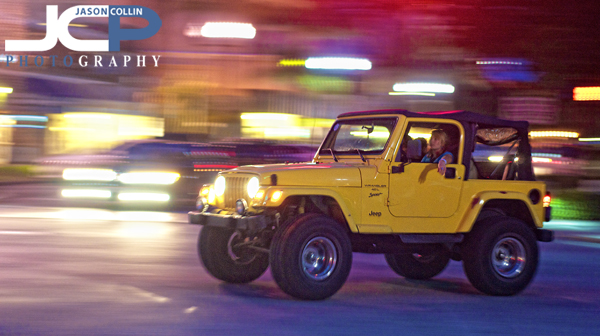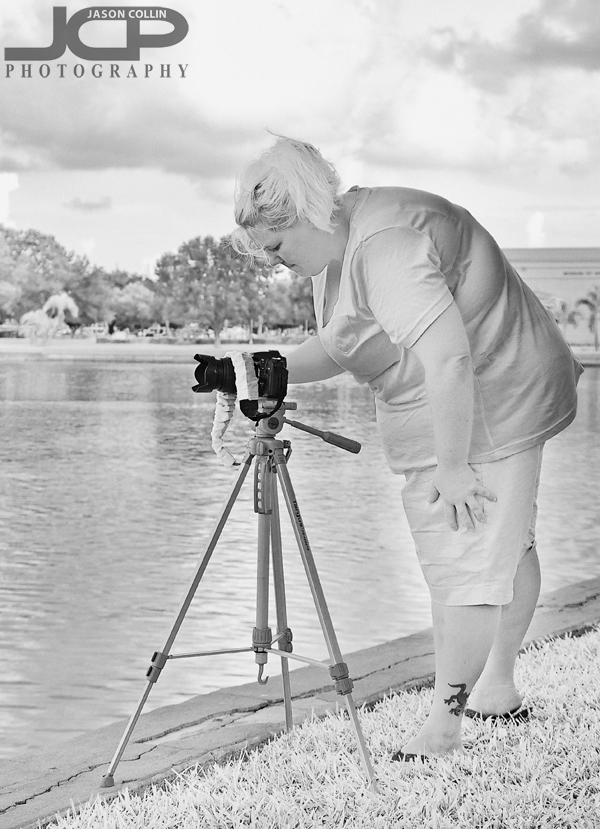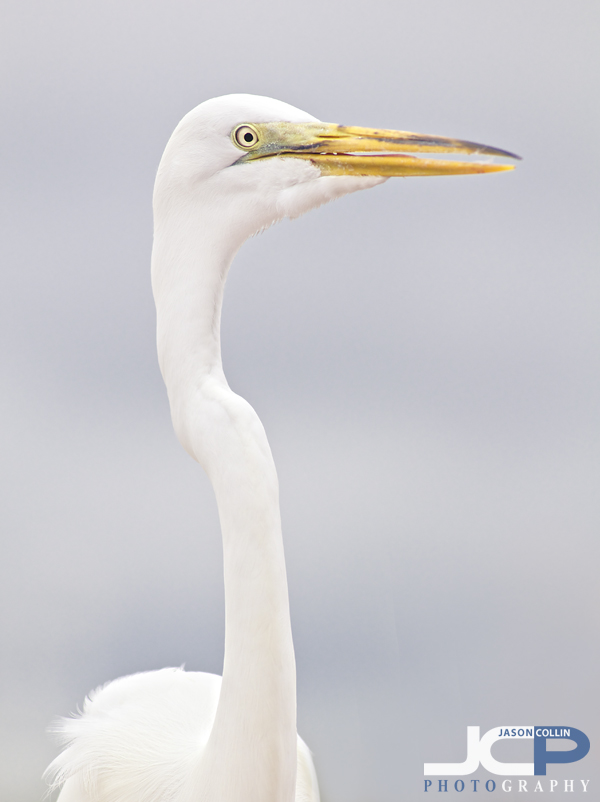 Gunslinger hip to eye shooting style demonstration using the BlackRapid RS-Sport strap system with a Nikon D300 & Nikkor 80-200mm f/2.8D - photo by PedroLet me start by just saying that the BlackRapid RS-Sport strap has made me excited about using my DSLR again because of just how cool it feels to slide the camera up and down the strap. Readers of my movie reviews will know I am a big western fan, and I definitely feel like an old gunslinger when using my BlackRapid RS-Sport. So this is the emotional part of the review, which is mostly what determines buying a certain product or not. I decided to buy one even before I knew it would make me feel like a gunslinger. Just trying a photo student's RS-7 strap for a few seconds instantly convinced me to free my neck from its burden and get a sane camera carrying system.
Gunslinger hip to eye shooting style demonstration using the BlackRapid RS-Sport strap system with a Nikon D300 & Nikkor 80-200mm f/2.8D - photo by PedroLet me start by just saying that the BlackRapid RS-Sport strap has made me excited about using my DSLR again because of just how cool it feels to slide the camera up and down the strap. Readers of my movie reviews will know I am a big western fan, and I definitely feel like an old gunslinger when using my BlackRapid RS-Sport. So this is the emotional part of the review, which is mostly what determines buying a certain product or not. I decided to buy one even before I knew it would make me feel like a gunslinger. Just trying a photo student's RS-7 strap for a few seconds instantly convinced me to free my neck from its burden and get a sane camera carrying system.
For the ergonomics and practicality part of the review, the BlackRapid RS-Sport strap still gets a very positive gear report from me. I have only had the RS-Sport for exactly two weeks, but I have already put it through many different shooting situations and it has performed great in all of them. On a 2-day event shoot (5pm-8pm Friday; 9am-12am [yes 15 hours] Saturday) I got home early Sunday morning with zero shoulder pain. Normally after only a few hours using my old Nikon Professional branded Optitech neck strap, I would have lingering sourness after a job.
The effectiveness of the BlackRapid strap system comes from taking the weight off your neck because when do you ever carry anything around your neck ever besides for some reason a heavy DSLR? Instead, the BlackRapid strap system puts the weight on your left shoulder like any other style of bag one carries. It has to be your left shoulder too. If you are left-handed like me and concerned because you usually carry everything on your right shoulder so your left hand has easy access to the bag, it immediately felt normal to me to have the BlackRapid strap on my left shoulder because you grab a DSLR with your right hand first anyway. The grip on the DSLR body is designed for the right hand so do not be concerned about having to use it on your left shoulder, even if your are left-handed.
 Your camera on a BlackRapid strap can hide behind your hip in tight spots or can easily be held in front to squeeze through places.
Your camera on a BlackRapid strap can hide behind your hip in tight spots or can easily be held in front to squeeze through places.
I chose the RS-Sport model for the extra bit of strap that goes under the armpit area for extra stability. I have to admit I did think at first that this is not comfortable and maybe I should have just gotten the RS-7 which is similar to the RS-Sport but minus the underarm strapping. However, in real world use and not hyper nitpicking when trying it on in one's house, I am definitely glad I got the RS-Sport because the main shoulder pad is more ergonomically tapered and the underarm strapping is not noticable to me anymore.
How anybody can use the first party straps that come with a DSLR is beyond me. I immediately got a cushier Optitech neck strap, which sells for about $24. Now I wish I had gotten a BlackRapid strap long ago. The RS-Sport sells for $69.95 and the standard RS-7 for just $58.95. There are several other styles, including a dual strap system for carrying two cameras!
Take a 1-on-1 DSLR Photography Lesson with me and I will let you try out my RS-Sport strap for yourself!
- Read more gear reviews
- More of Jason's photography tips
- Take a 1-on-1 private DSLR Photography Lesson with Jason today!
--thanks to Pedro for taking these shots of me







